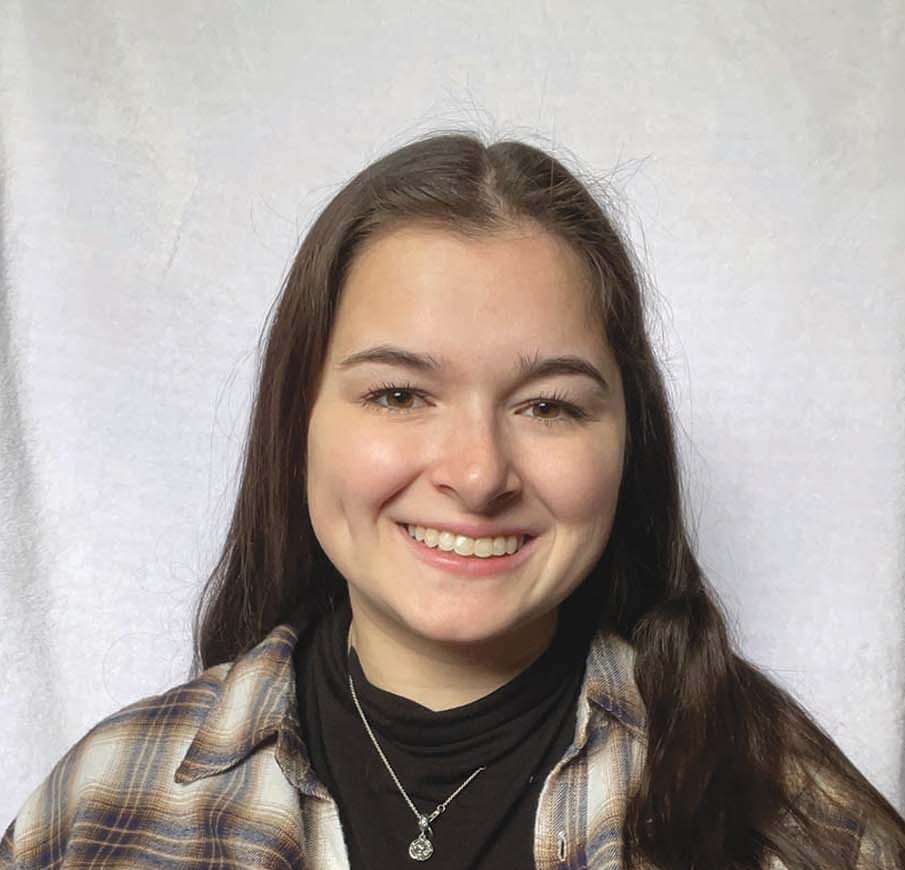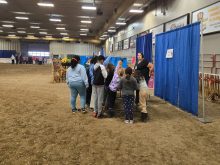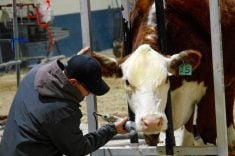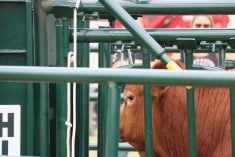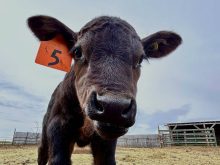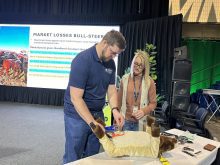Winter is here in full force, and freezing temperatures, large dumps of snow and short days can make winter calving a challenge for seed stock producers.
However, technologies such as calving cameras can help make it much easier by saving time and labour. For many, it has become a necessary tool on their operations.
Why it matters: January on the Prairies comes with frigid temperatures and, for some cattle producers — particularly purebred operations — the peak of calving season.
Read Also
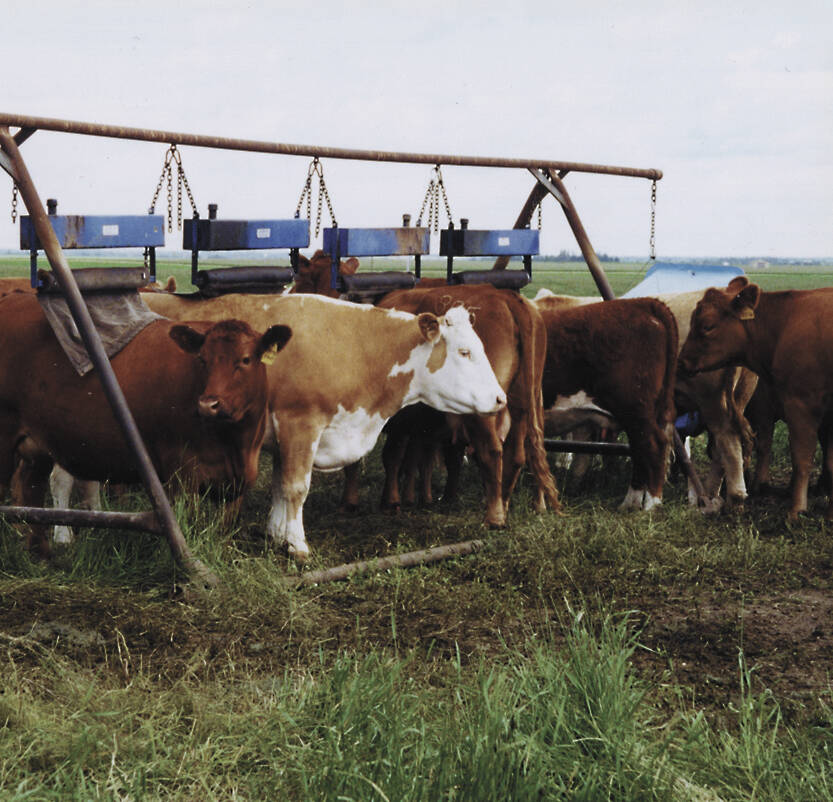
Shifting standards on cattle parasite control
Parasite product resistance has more farmers and veterinarians thinking differently about how to control issues like lice or worms.
Kevin Wirsta runs his operation, K-Cow Ranch, near Elk Point, Alta., a little over two hours northeast of Edmonton. He raises purebred Herefords, Charolais and black Angus. Currently, they calve out around 300 head and are slowly working to expand their herd. Wirsta focuses on moderate frame, thickness and milk production.
Ninety per cent of the Canadian population lives within 150 miles of the U.S. border, but Wirsta’s ranch is far north of that line.
That means things that affect all Canadian producers who winter calve, like the weather and the cold, are big considerations for Wirsta.
K-Cow’s main herd calves between January and March. Because they have been doing this for around 30 years, Wirsta has settled into a routine. In the fall, he starts to bring his cattle from pasture closer to home so it is easier to monitor them. The cattle stay out in the field until they show signs of labour.
Wirsta sorts cattle once a week. He moves those that look close to giving birth into one of three pens, depending how close they are to labour.
Once the calves are born, they will stay in those pens with their mothers for three days. If the weather holds up, Wirsta will turn them out to a bigger pen with shelter for three more days.
“If they’re good from there, then they head for the fields, back out to the paddocks,” he says.
The biggest challenge with their location is their cattle are usually on feed for longer, which is why he tries to keep them on pasture for as long as possible.
“A lot of times, birth weights can increase as you go north. Being on feed longer, the more you can keep your cows out on pasture, grazing and supplementing them out there, by far you’re going to have way easier calving.”
He says they make sure to have a good barn for the livestock and try to keep a close eye on them — especially at night.
“If there’s something that’s calving then certainly, we do go and we put her in (the barn). When it’s -30 C, we do check hourly. And if it’s warmer than that, generally it’s every few hours.”
Helpful tech
Wistra also has some technological backup to managing his calving season in the depths of winter: calving cameras.
Beef Cattle Research Council’s website says producers who are winter calving must ensure they have the proper resources available to prevent hypothermia. Technology can help.
Wirsta says without calving cameras, he doesn’t know how they would get through winter calving.
On not-too-cold nights, they can just check their cattle on the cameras instead of getting up to check every hour. When they are checking hourly, they still use their cameras first, then go out to make sure they didn’t miss anything. Calving cameras are also helpful because sometimes cows do not want to calve in front of a person. Cameras allow you to monitor their progress without disturbing them.
Not only do the cameras save them time, but they also save them sleep — something that is important for producers during those long calving months. It also helps to give peace of mind when Wirsta must leave the farm for something.
“When I was going to meetings, I phoned my neighbour to come over and check cows every hour or every two hours,” he says. “Now I just call them to come and put the cow in the barn because she’s calving. So it makes a big difference. They know they’re coming over for a reason.”
Wirsta says they started using cameras 20 years ago and the upgrades to the technology have been very helpful.
The biggest challenge for Wirsta was learning how to use the cameras. He says if you can have a thorough understanding of the technology, it helps when you are trying to implement it.
“I truly believe there should be schooling on them so that we can understand how to use them… most times, everybody says, ‘Oh, they’re just a plug and play.’ Well, yes, I agree, but there’s some technology to it that if you have a better understanding of it, it certainly works better.”
There are different brands Canadian producers can look into, depending on what they want their cameras to do and what their budgets are. For example, OneCup AI has a couple of packages, ranging from $2,400 to $2,500, that come with cameras, a WiFi package and subscriptions to a couple of their programs. Cameras from Precision Cam can range from $200 to over $2,000.
Wirsta says the cameras aren’t just beneficial in the winter — they are useful year-round on the ranch.
“I think once you have a camera, you’ll think, ‘Why didn’t I get it 10 years ago?’ They are certainly a lifesaver. As far as even checking your water bowls to see if they’re thawed, you can zoom right in and see the water.”
He adds they also use them during breeding season, when they do artificial insemination.
For winter calving, Wirsta doesn’t need any more technology than his right hand man — the camera system.
“They’re the biggest asset to the whole operation.”

